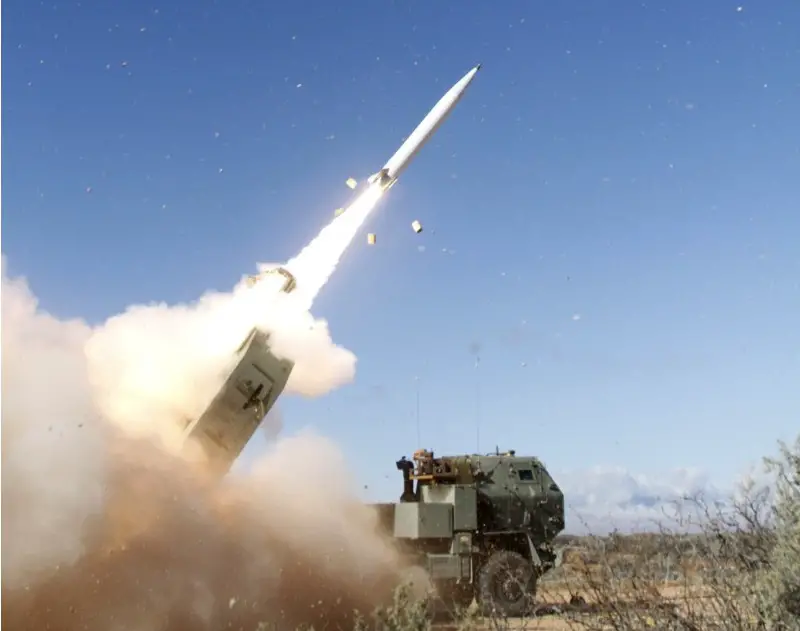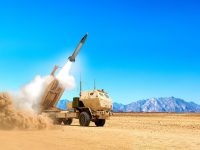The U.S. Army has successfully completed its first open-air testing of an advanced multi-mode seeker, an upgrade to the Precision Strike Missile system. During a two-day test period June 2-3 at Redstone Arsenal, Alabama, research teams operated the seeker at 50 percent capacity while tracking moving targets. The seeker was designed to allow an upgraded “Spiral One” missile to acquire targets on both land and sea. Scientists mounted the seeker on a pod, which was placed under the wing of an aircraft. Then the research team had the aircraft flown over the testing range at Redstone to track the radio waves of moving targets.
The multi-mode seeker was developed from the Land-Based Anti-Ship Missile program that began in 2015 to help the Army target enemy ships with its long-range precision fires capability. However, the Army soon realized the seeker not only had the ability to track the radio signals of moving ships, but also land-based targets such as communications vans and the mobile radars of anti-aircraft defenses. The capability gives the Army the means to succeed in a difficult anti-access, aerial-denial environment, officials said. The use of multiple sensors also increases the ability to locate targets even without good coordinates.
The U.S. Army expects to field the Precision Strike Missile in 2023, and integrate Spiral One into the force by 2025. The Precision Strike Missile will extend the firing range of the current Army Tactical Missile System, or ATACMS, by more than 500 kilometers. The miniaturization of on-board processing made a more powerful processing unit that helps the multi-mode seekers to work together. Rafferty said the next step will be to deploy the device at full capacity in a more challenging, deliberate testing environment. Testing will move to White Sands Missile Range, New Mexico, this fall.
Long-Range Precision Fires provides the Army with long-range and deep-strike capability. It is the U.S. Army’s number one modernization priority and critical to winning in a fight against a peer adversary. The Army must provide commanders with surface-to-surface fires that are precise, responsive, effective, and adaptable. Army Long-Range Precision Fires must be able to penetrate through the enemy force’s defensive capabilities within the operational environments by synchronizing effects across multiple domains. These efforts will provide additional strategic options to the Joint and combatant commanders.

